The Exhibition “In Search of the Horizon” at the Latvian Railway History Museum (23.05-20.07 2014)
“The searching nature of art”, “works which could not… not be created”, “the essence of art”, “the presence of the divine in the work of the artist”, “the vertical”. What comes to mind when you read these words? At which conditions they have meaning? These are the categories in which curator Ieva Kalniņa has thought about art when creating the exhibition “In Search of the Horizon”. In the works selected, one really does sense an approach to art in which sensual impressions and divine contemplation, everyday nonsense and religious ecstasy meet in one place. It brings to mind a scene from Dostoyevsky’s novel “The Brothers Karamazov”, which describes how Russians drink vodka “in a stinking tavern”. Not having previously been acquainted, what is it that they discuss while raising their glasses? The eternal questions. Does God exist? Is there life after death? How can one transform the mankind?
Therefore, it is probably no coincidence that the exhibition “In Search of a Horizon” includes a number of Russian artists, whose works embody this Russian life form. Among them, of course, are the curator’s “pet” Oleg Kulik, whose work “Madonna” with its “missing” image of Our Lady, by the way, incorporates another trait of Russian art – the reference to the apophatic tradition. However, one might ask of the specific work, why wooden dolls were chosen for the background, instead of, let’s say, plush teddy bears, toothbrushes or bottles of scent. Alexander Petrelli’s work “Gallery Overcoat” – he was wearing it at the opening – is gorgeous; now it is hung on a mannequin and referring to another element of Soviet reality, i.e. the black market, unofficial art, banned books and illegal cigarettes. The exhibition also includes a host of Latvian and Western artists, but here rather poetic (not to say – metaphysical) melancholia is largely to the fore, not intellectually conceptual games. In this context, even the work by the otherwise ironic and postmodern Kristaps Ģelzis suddenly acquires a nostalgic national hue.
The title of the exhibition cannot be described as humble – it contains a reference not only to Bas Jan Ader’s work “In Search of the Miraculous”, Marcel Proust’s famous novel in seven volumes, Sudraba Edžus’ “Mad Dauka”, as well as the deportations carried out by the Soviet regime (the layout of the invitation to the exhibition invites this reading). Horizon, horizon…. Semantically and poetically, it is a considerable concept whose content it is no easy task to decipher. However, this is a minor detail compared with the claims articulated in the annotation for the exhibition. It would seem that the curator had hoped to come forth with an artistic treatise about “the order of the world and the soul”, or something similarly esoteric, yet the exhibition’s structure of seven “thematic blocks” is simply pointless. Regardless, one is surprised by the levity which words like “counterpoint”, “yearning of the soul” and “mystification of the everyday”, etc. are bandied about, and such use of language seems irresponsible in relation to the meaning of these expressions. Also striking are the confusion of horizontals and verticals, mixed metaphors and the lack of a critical attitude.
It would seem however that the exhibition’s curator sensed these potential dangers and has excused herself, saying that “It’s extremely difficult to talk about this exhibition, because it touches upon “high shelves”, which are not ordinarily discussed, including the presence of God in the artist’s work ((For more information, visit: http://www.arterritory.com/lv/zinas/3602-vispirms_baznica,_tad_izstazu_zale/))”. For the opening, performance artist Julia Kul had even been hired, whose duty it was to “act out” the role of the curator during the course of the evening. One can only guess what impression the exhibition would have been made if its creators had strictly adhered to the idea that whereof one cannot speak, thereof one must be silent. How great is the distance that actually separates Wittgenstein from Dostoyevsky?
Therefore, the exhibition has seven parts, each of which is introduced by a poem. (However, contrary to the intention of the curator, that part which should be the concluding one actually happens to be first. Moreover, it’s location in the corridor gives rise to the suspicion that there was simply not enough space for these works in the main hall.) Through a small gap, one can watch a reading of the specific poem by its author (seven contemporary Latvian poets have been chosen) or, if you also want to hear something, then you have to press your ear to the gap, because surrounding noises make it hard to hear (a similar solution – placing an image in a box with a small window – is also used in one of the “Corner House’s” exhibitions). Theoretically, the idea of giving a reading of poetry the status of an artwork is perfectly fine, but how this exhibition benefits from this is hard to say. Artist Katrīna Neiburga, in working on these videos, has approached the task from a biographical aspect – depicted here are the layout of the poet’s apartment, the timbre of his voice, domestic minutiae, and conversational fragments. In other words, it is the poet’s personality that is revealed instead of the mystification of the horn of truth or the creator of an ideal world. In turn, I cannot agree that the blow ups of handwritten poems with their marked contrast between black and white look good in this exhibition. Equally odd is the fact that this time exhibition’s artworks are not strictly separated from the Railway Museum exhibits, which leaves a bleak and fragmented impression.
It’s positive that the layout of the exhibition does not move in one linear direction – the majority of the works are arranged in a free structure around one centre. In relation to spatial objects, this approach seems to have justified itself, which I am afraid cannot be said of the small “compartments” with paintings and graphic works which overly put one in mind of a show of works by students. In this quite confusing, not to say chaotic scene, Andris Eglītis’ large-format “scaffold” painting-object fits in well, as does Raimonds Līcītis’ “Diary”, which is comprised of two walls of small-format paintings. These works are pleasing, as is Guido van der Verve’s romantic film “Nummer 14. Home”. How ludicrous it is therefore, that Alexander Petrelli’s work “Big Bang” has been installed alongside it, which is so noisy that it prevents one from listening undisturbed to the film’s soundtrack, which I don’t doubt is an important element of the video! Likewise, it’s a shame that in an exhibition, which is other so verbose, there is a lack of information about each work of art – I don’t mean something phrasal and pseudo-profound, but that which is really necessary. Everyone would benefit from this.
Of course, the formula as to how exhibitions should be made is not set in stone. It is not said that the selected works of art must represent a specific medium, country of origin, thematic scope or period of time. It is not said that Bas Jan Ader and Mike Kelley cannot be exhibited alongside the drawings of the curator’s father Pēteris Kalniņš or the objects of Visvaldis Ziediņš, even though I believe that the latter is overrated on the Latvian art scene. One might say therefore that the exhibition is quite chaotic and appealing to the “eternal questions” here is less appropriate than in the aforementioned smelly Russian tavern. And even if an artist assumes “the role of saviour” – no matter how amusing or bizarre this might sound – the question remains: what is he/she saving us from and ultimately – by what means? Does looking at a work of art, walking around it or sitting on a bench in front of it suffice? On the other hand, one cannot fail to notice that this is an exhibition which confirms and states something, even if fighting with excess of words, instead of merely doubting, criticising, deconstructing and musing ironically, which is quite a widespread practice of exhibitions nowadays. And this alone is notable occurrence, despite the fact that here it happens in a somewhat romantic old fashioned way – akin to a grandmother weighing up her granddaughter’s virtue, including her hanging out at the tavern. But no worries, granny, remember, that they talk about eternal questions there!
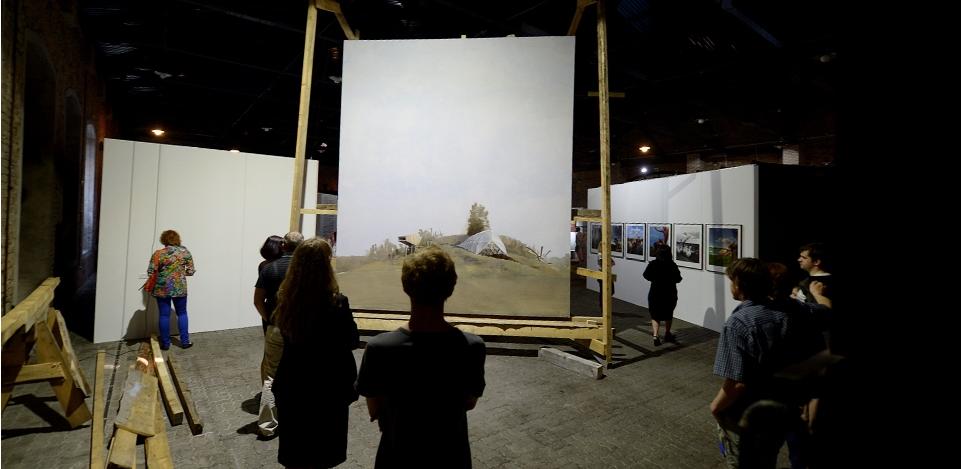
Andris Eglītis, from series “Possible place”, 2014
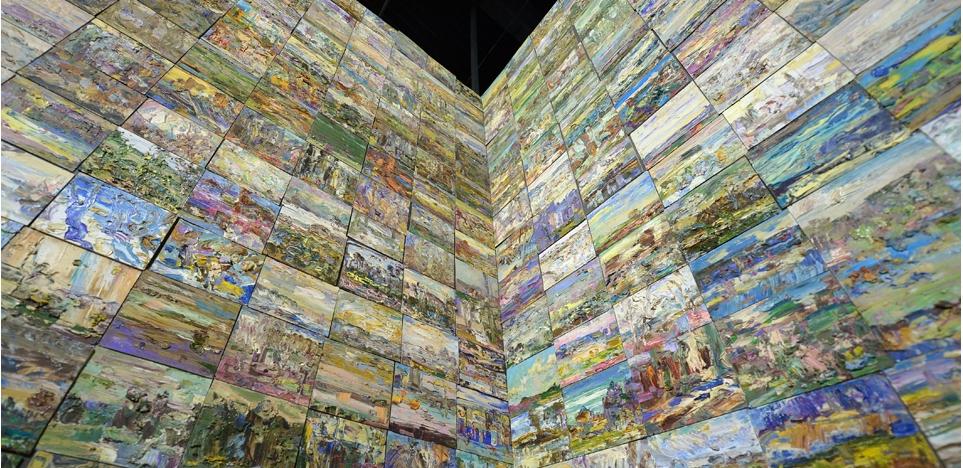
Raimonds Līcītis, Diary, 2003-2014
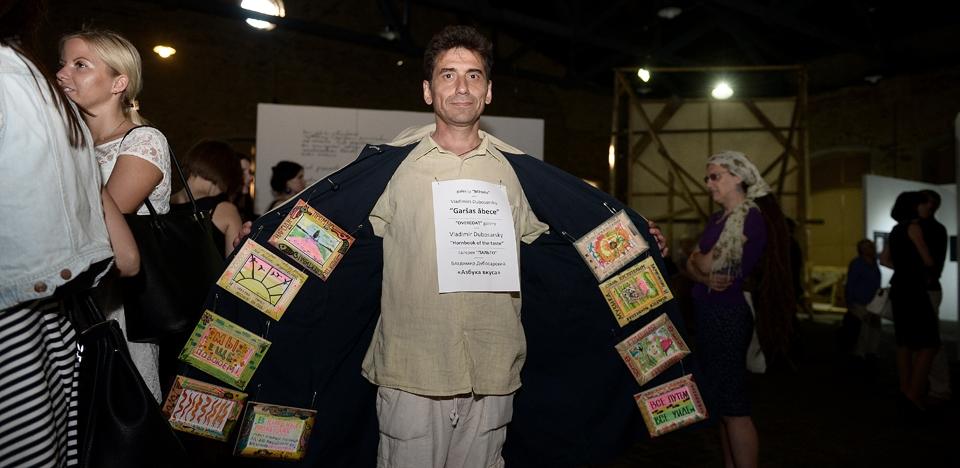
Alexander Petrelli’s performance during the Exhibition Opening
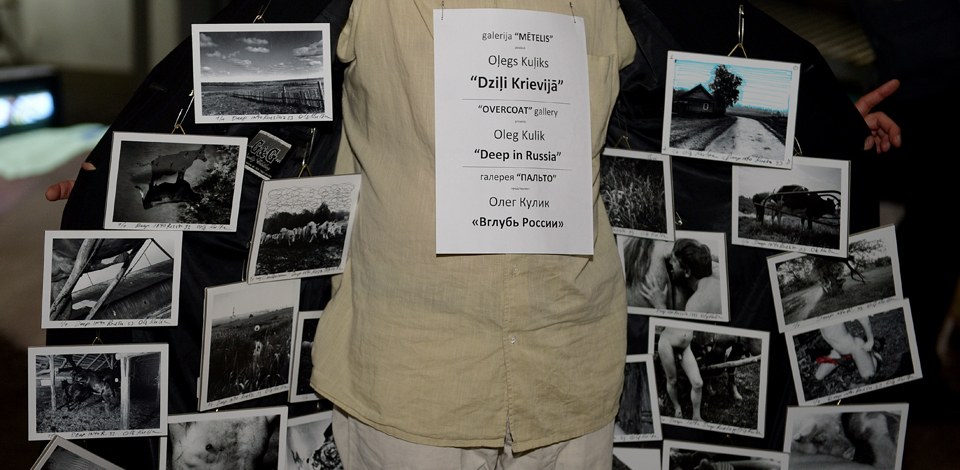
Alexander Petrelli’s performance during the Exhibition Opening
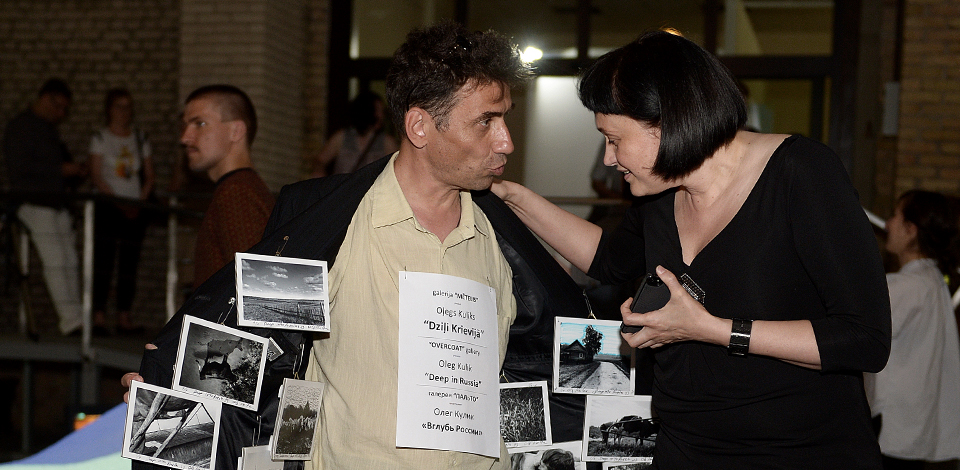
Alexander Petrelli and the curator Ieva Kalniņa during the Opening
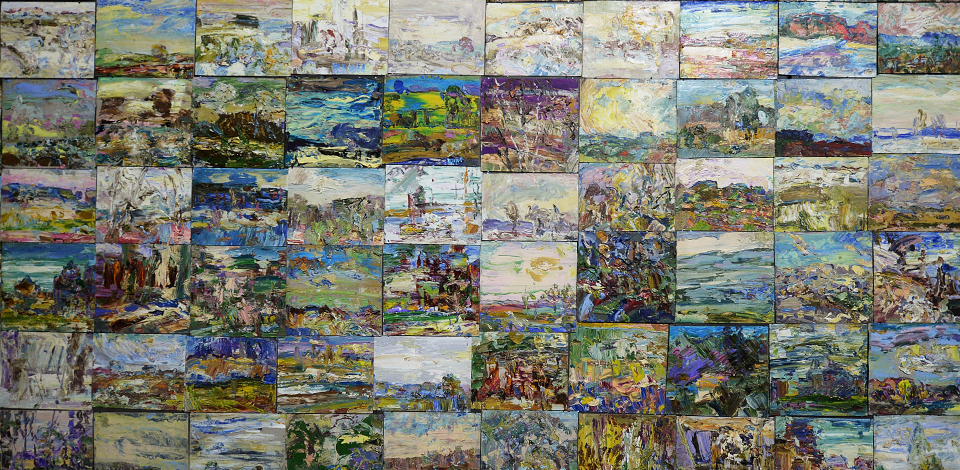
Raimonds Līcītis, Diary, 2003-2014
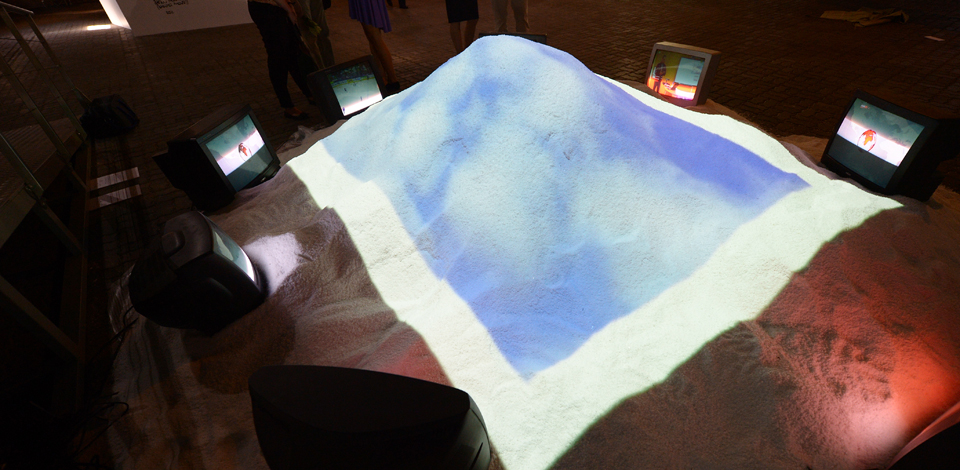
Juris Boik, Salt Sorcerer, salt, video projection, sound. 1990
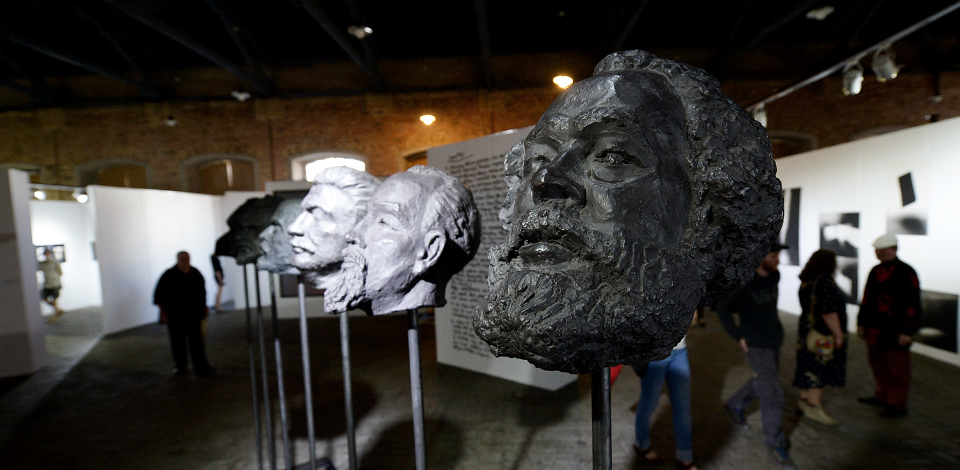
Anatolijs Osmolovskis, “Did you do that? No, you did!”, 2013
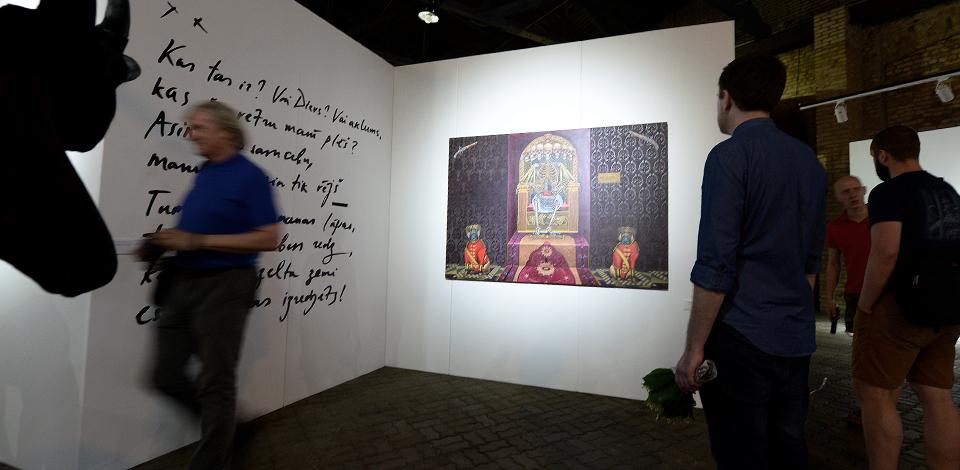
To the left – Vinod Balak, “The emperor of All Bliss”, 2012; To the right – Pēteris Draguns, “What could it be?” [poem], 2014
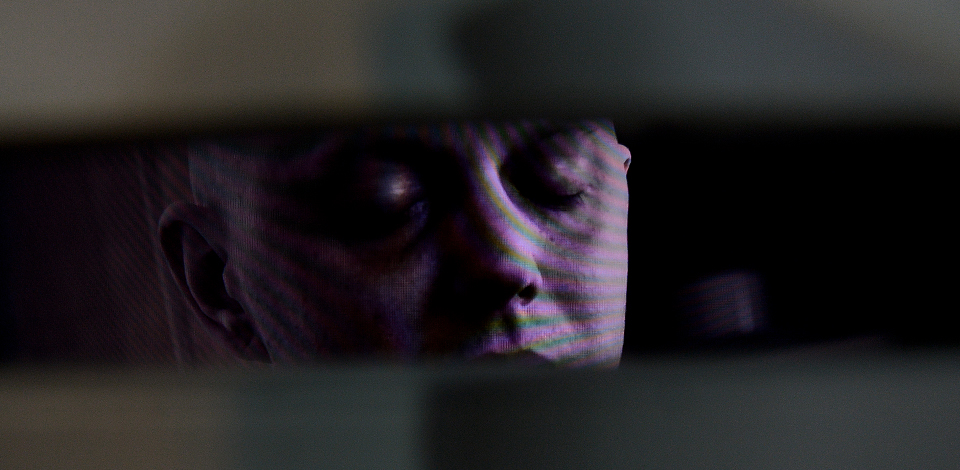
Katrīna Neiburga and Pēteris Draguns, “What could it be?”, video, digital print of the manuscript, 2014
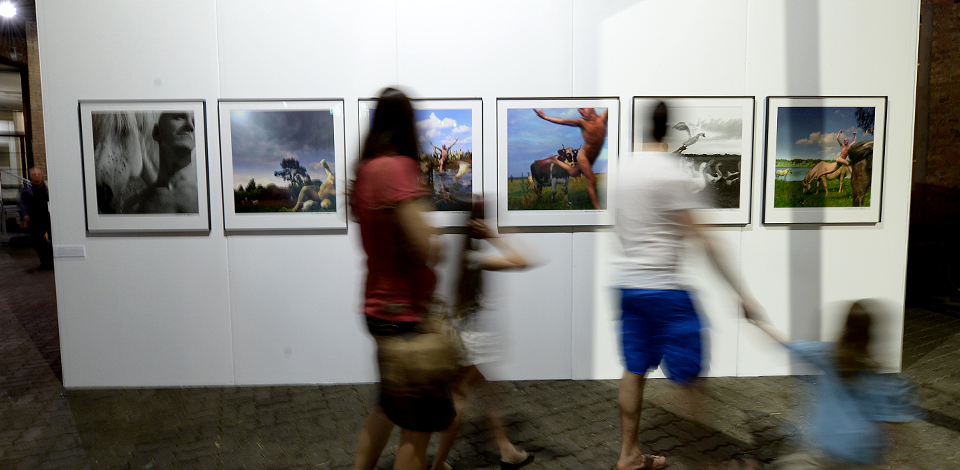
Oleg Kulik, “Zoofrenia 2”, 1998
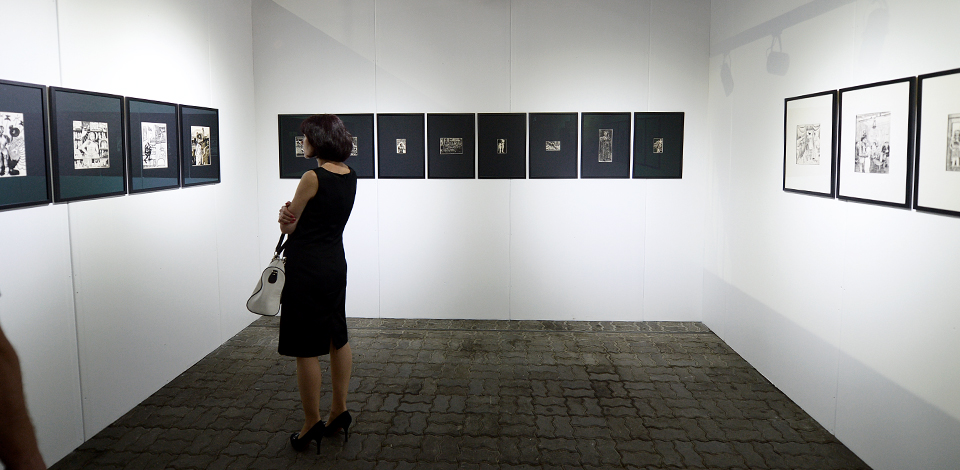
Pēteris Kalniņš, Zīmējumi (drawings). End of 60’s – beginning of 70’s
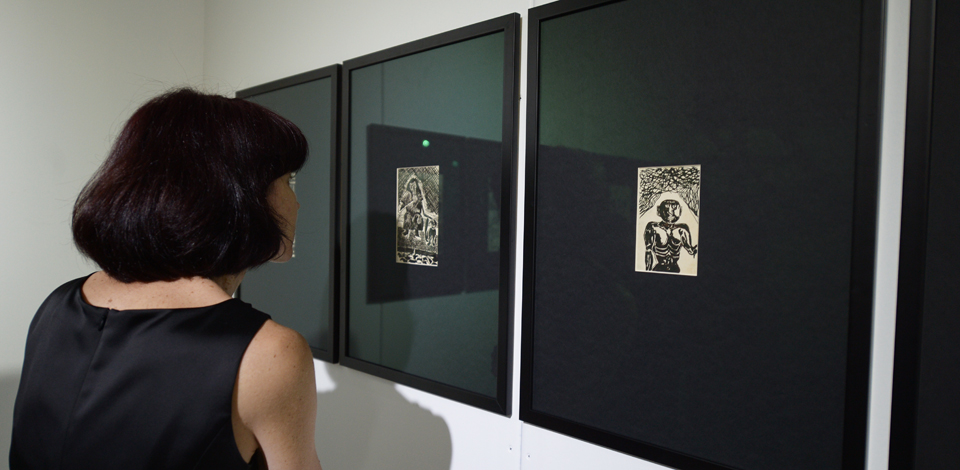
Pēteris Kalniņš, Zīmējumi (drawings). End of 60’s – beginning of 70’s
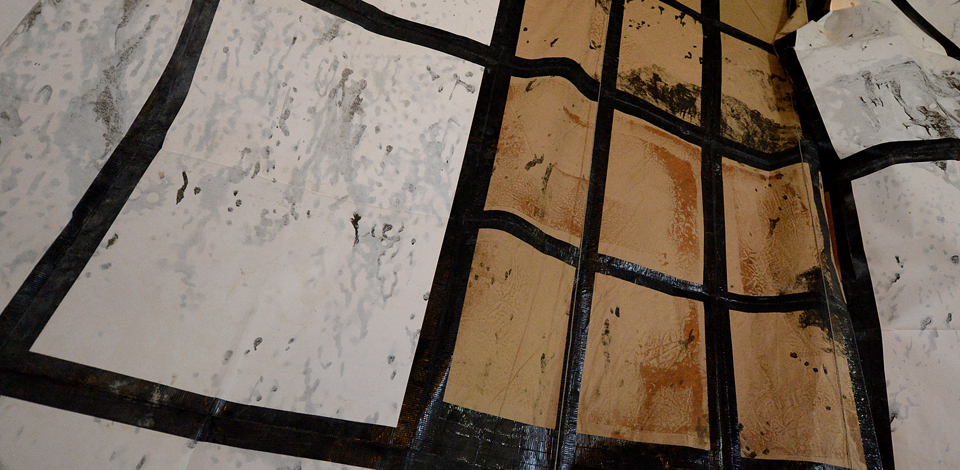
Raitis Hrolovičs, 7.-13, object, 2014
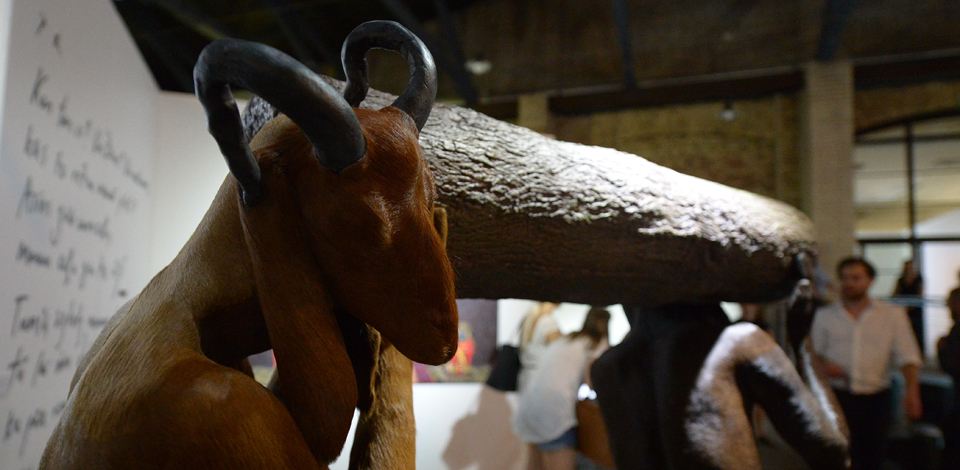
Krishna Muhari, Oxygen, 2011
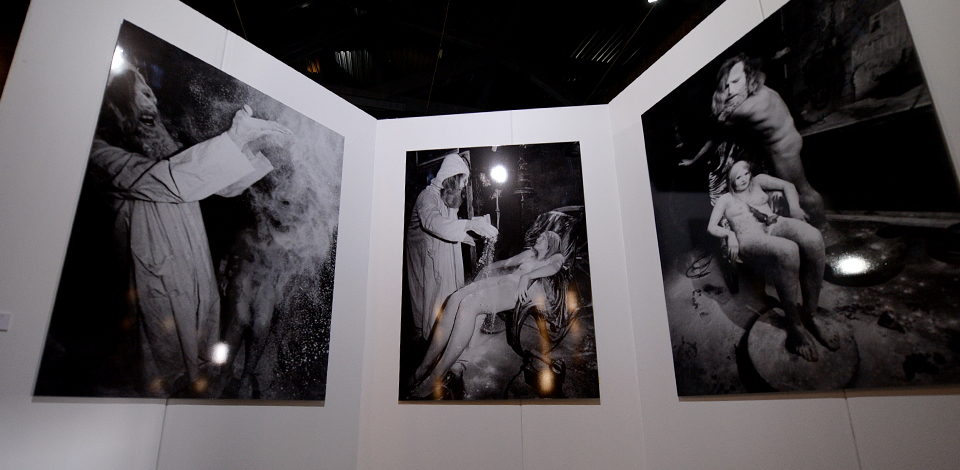
Andris Grinbergs, “Creation”, photo documentation of the performance (photo by Jānis Kreicbergs), 1974
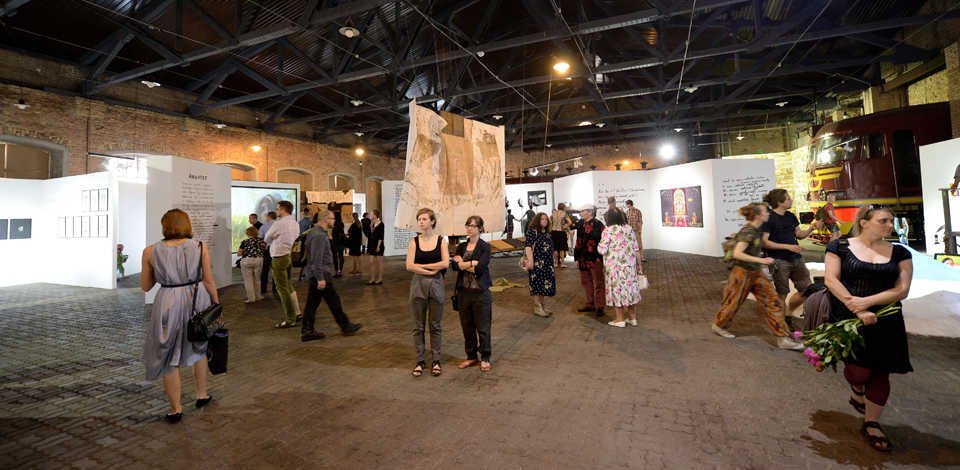
Exhibition opening
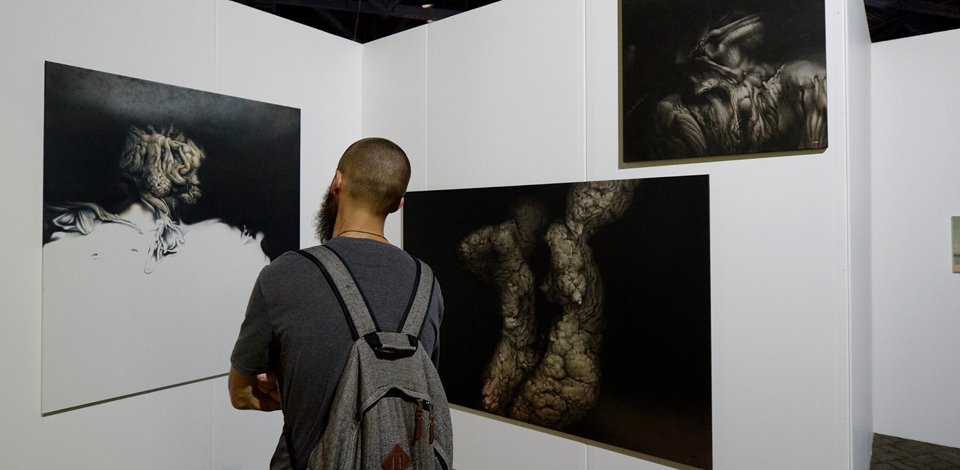
Alfreds Paulausks, from the left: “Through fingers”, “2nd September”, “The cherry orchard”
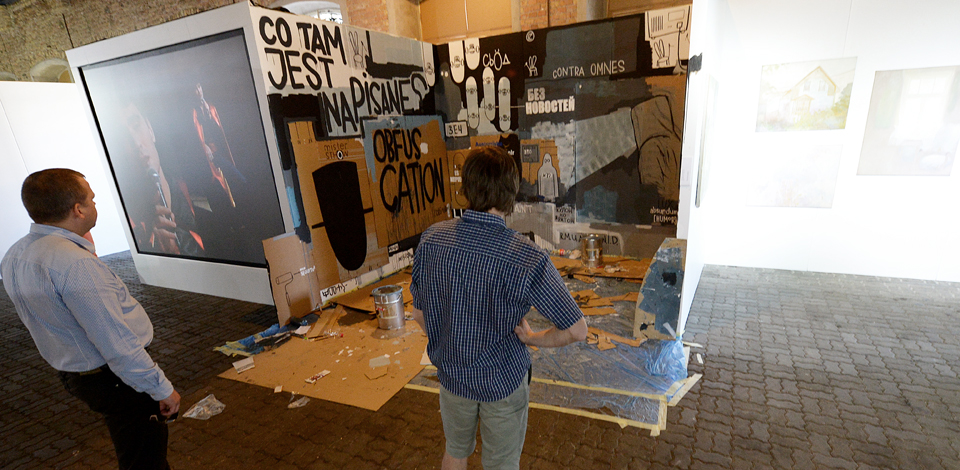
Valery Chtak, “Obfuscation”, 2014
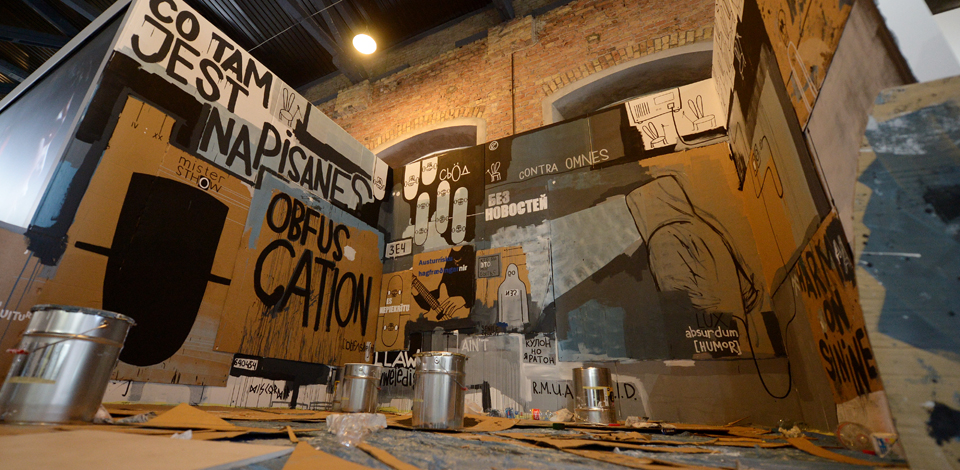
Valery Chtak, “Obfuscation”, 2014
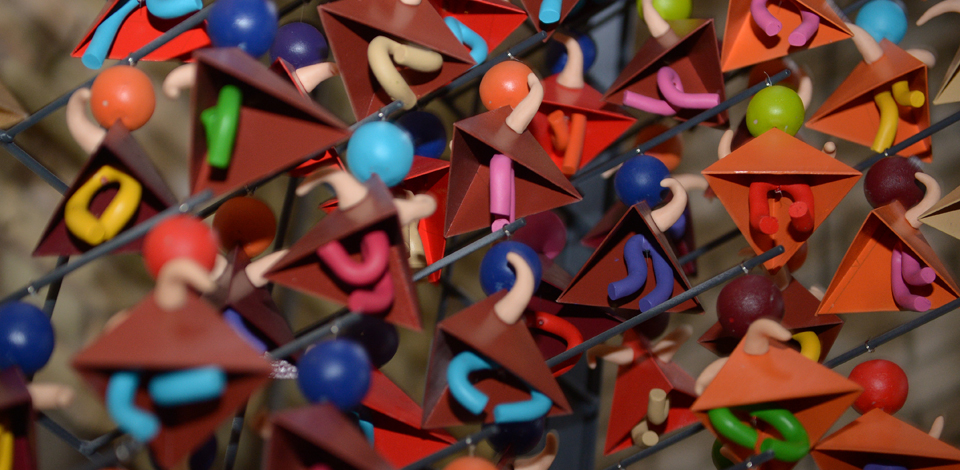
Oleg Kulik, “Madonna”, 2013
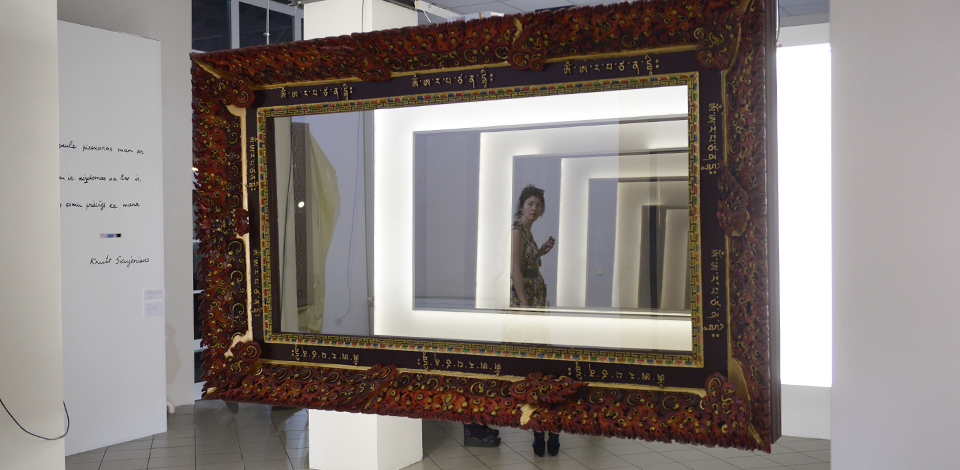
To the left: Oleg Kulik, Frames, 2013; To the right: Knuts Skujenieks, I have made sure, poem, 2014
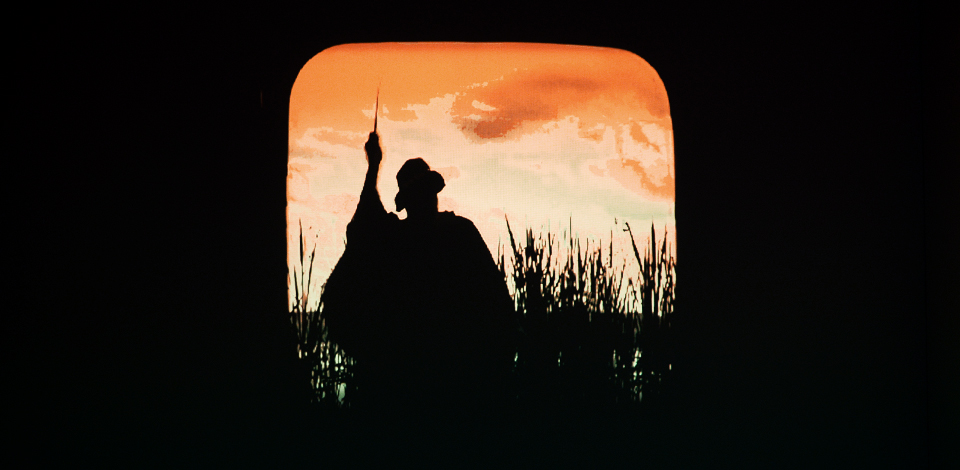
Guido Van Der Werve, Number forteen. Home, video, 2012
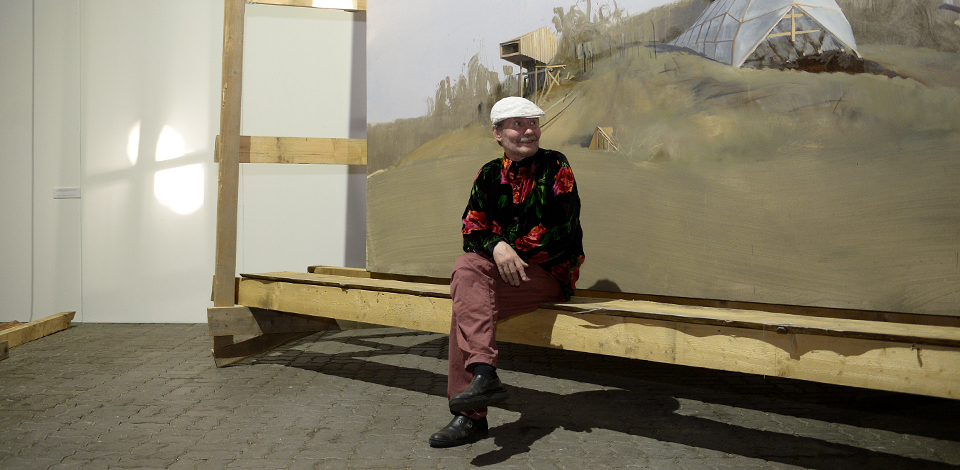
Exhibition visitor in front of the Andris Eglītis’ painting
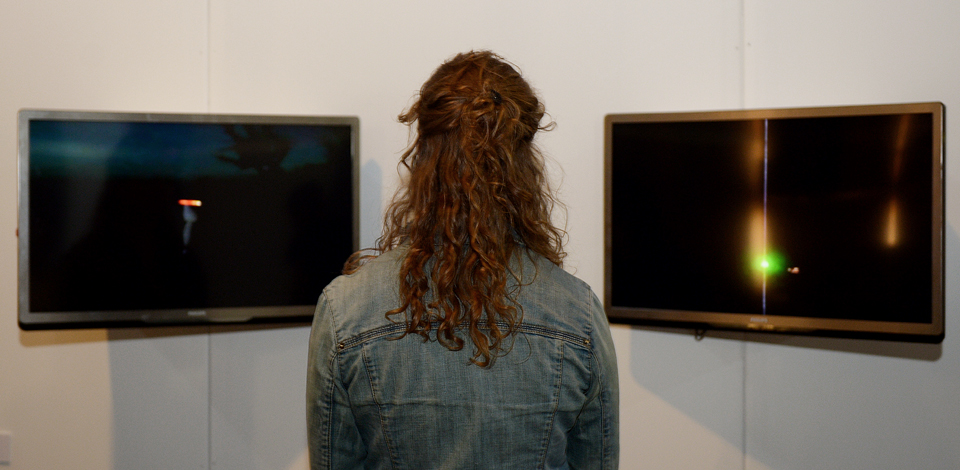
Alexander Petrelli, “Big Bang”, video, 2010
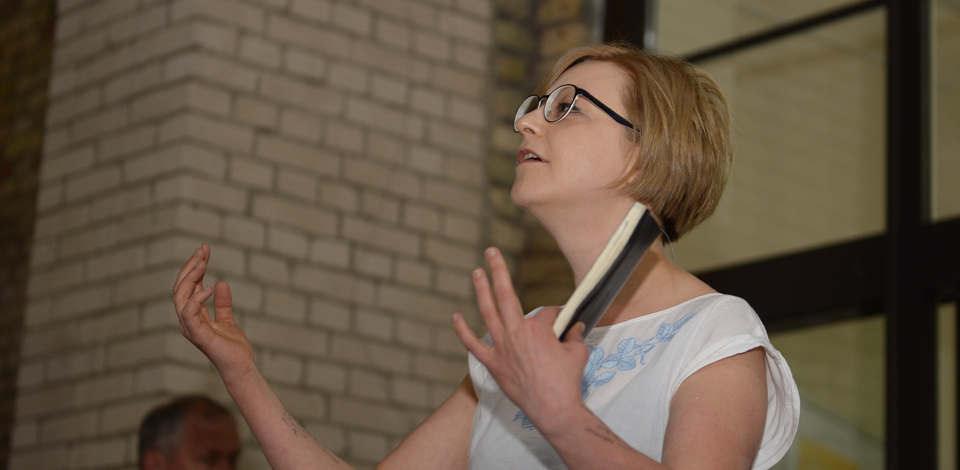
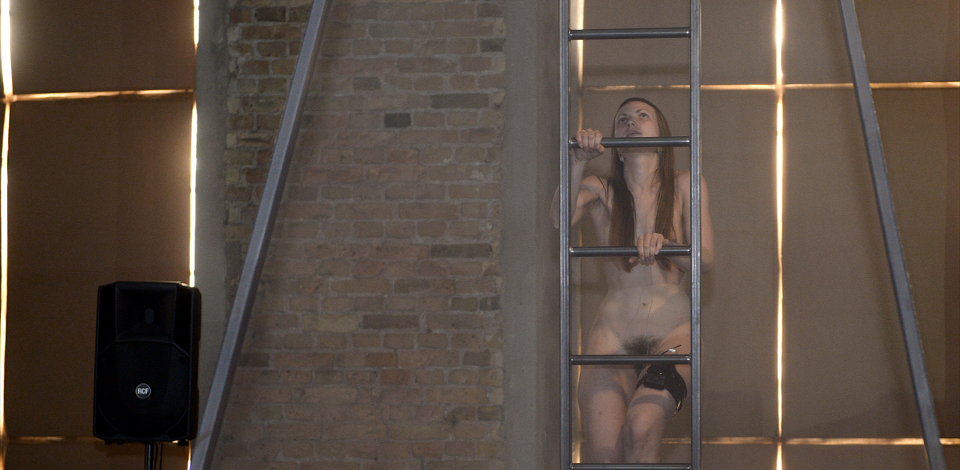
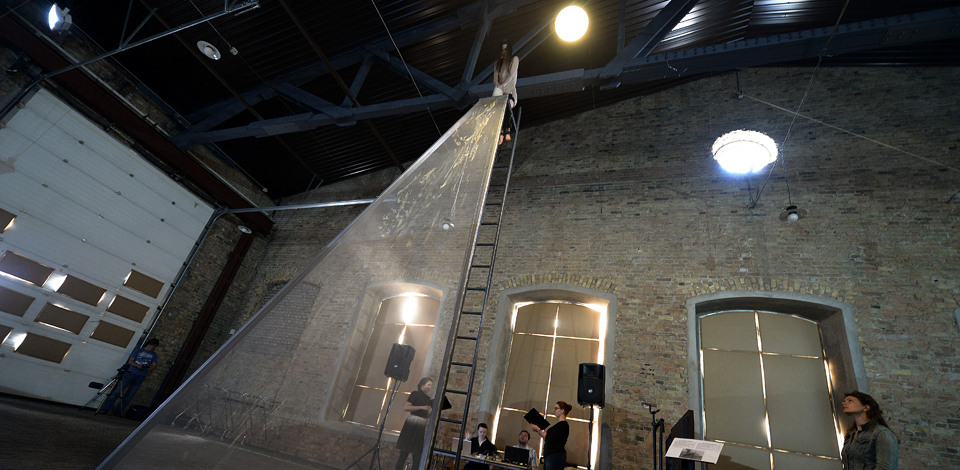
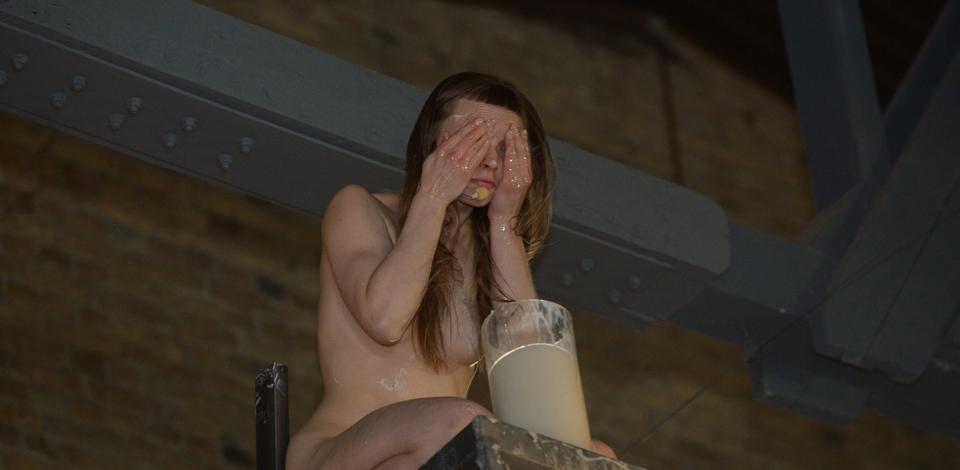
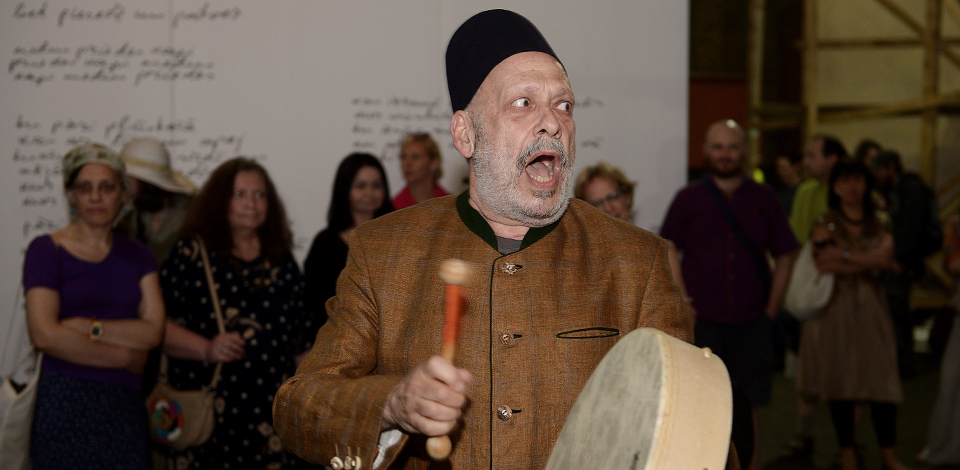
Images ©Rīga 2014






























